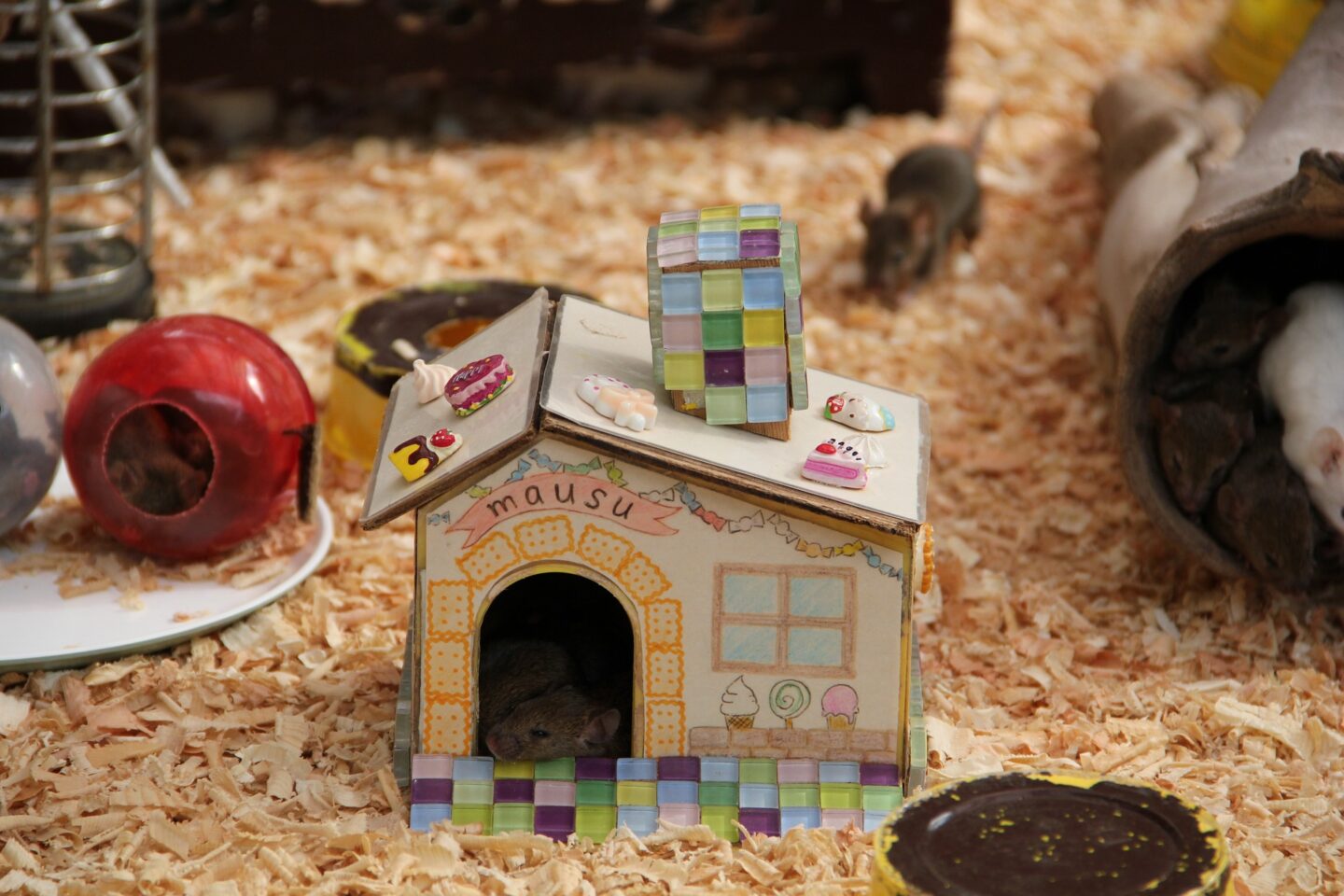
What keeps us safe day and night is a roof on top of our heads. But after a time, what’s on top of our heads houses some uninvited guests. You can hear them running, scratching and squeaking – especially if like us you have a cat who has a habit of bringing them in in the first place! You can’t see them and it’s annoying. Let’s tackle how to eliminate pests in your ceiling.
Homes are prone to getting pests in ceilings or attics. For one, they find no one occupying the space. For another, they like dark, enclosed and hard-to-access areas. In other words, they want some privacy.
Remember that warm air rises. Mice and other pests like the warm environment in the ceilings because it aids in their survival. Pests are clever, too. They use the utility lines running through the ceilings to roam unnoticed between rooms or floors. Plus, the average ceiling height, ranging from 8 to 10 feet, falls well within the daily foraging radius of rodents and most insects, granting them effortless access to food sources.
Signs That You Have Pests In Your Ceiling
If you hear rampant scurrying or scratching noises, especially at nighttime, it’s a sign that you may have pests in your ceiling. Other indicators are gnaw marks and droppings near vents and noticeable holes in the ceiling.
And if there’s an overwhelming musty or foul odor in your home, it can indicate that these pests may have been nesting in your ceiling for a while. If these signs are not addressed immediately, pests can cause structural damage to your ceiling, which can bring down the value of your home.
Common Pests Found In Ceilings
Mice are the usual suspects living above your head, given their climbing abilities and preference for warm, hidden spaces. Their presence is often betrayed by the sounds they make and their droppings.
However, they are not the only pests you might find. Squirrels and bats are also known to invade ceilings or attics. Finding termites and carpenter ants is also alarming because they will surely cause havoc over time.
How To Exterminate Pests In Your Ceiling
Ceilings are high and can be difficult and dangerous to access for most people. So, if you know the likes of Mickey Mouse make a home there, contact professionals who can exterminate mice. They can provide effective treatments compliant with local regulations. They can also offer you advice on preventive measures, ensuring that your home remains pest-free in the long run.
Still, if you want DIY methods to eliminate pests, avoid chemicals that can harm children and pets. Instead, try some of these:
- Identify and Seal Entry Points: Find any holes or cracks and seal them with steel wool or caulk.
- Essential Oils: Soak cotton balls in peppermint, citronella, or castor oil and place them in areas prone to pest activity.
- Ammonia Solution: Mix 2 cups of ammonia with ¼ cup of water and 2 tablespoons of detergent. Place a bowl of this mixture near the infested area to deter rats with its strong odor.
- Snap Traps: Use mechanical traps to capture rats and squirrels. Peanut butter or cheese make good baits.
- Electric Traps: These traps electrocute pests, offering a quick and humane solution.
- Glue Boards: Sticky and effective. Put glue boards in strategic areas.
- Predator Scents: Use synthetic predator urine to deter rodents and other mammals. These are available in garden stores.
- Food Removal: Make sure you don’t store pet food or bird seeds in the ceiling or attic.
In reality, mice, squirrels, bats and others are simply living creatures trying to live and breed. They just become pests because they can harm you and your property. So, the best and most humane way to get rid of them is prevention.
Keep your house organized and get your ceiling or attic regularly maintained. That way, these pests won’t even get a ceiling of opportunity.
Post in collaboration